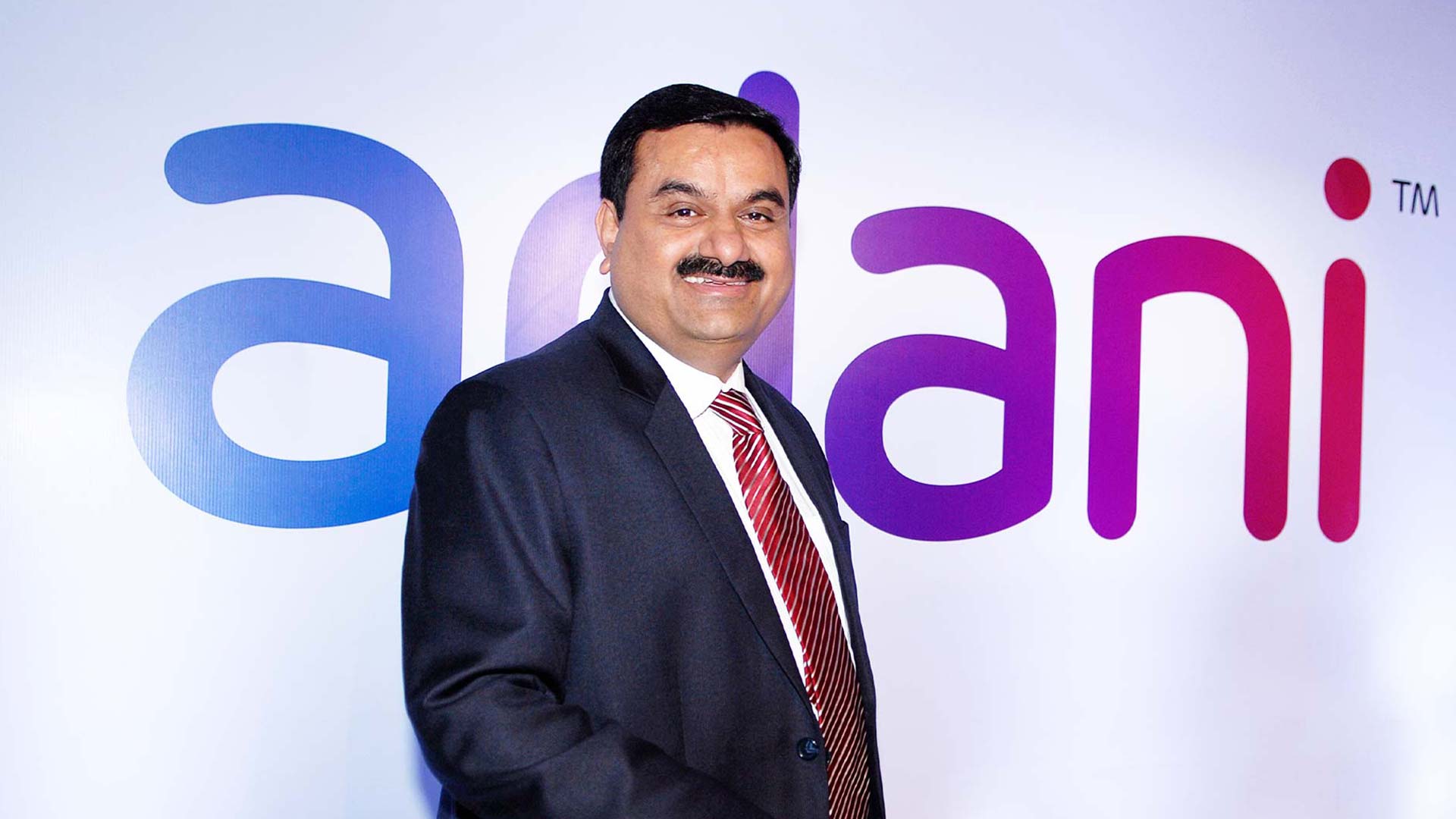Adani’s Vision: Establishing 10 GW Solar Manufacturing Capacity by 2027

Adani’s Vision: Establishing 10 GW Solar Manufacturing Capacity by 2027
In the wake of the global shift towards sustainable energy, the Adani Group, one of India’s largest conglomerates, has announced a bold venture to bolster its position in the solar energy sector.
The group has outlined its ambitious strategy to build 10 GW of solar manufacturing capacity by the year 2027. This move aligns with the rising global demand for solar energy and India’s commitment to increasing its renewable energy capacity.
The Indian government has set a target to achieve 450 GW of renewable energy capacity by 2030. Adani’s expansion in solar manufacturing will play a pivotal role in helping the nation meet this target.
In an effort to seize the energy transition market, billionaire Gautam Adani’s organisation plans to construct 10 GW of integrated solar manufacturing capacity by 2027, according to people close to the company.
The current solar manufacturing capacity of the Adani Group is 4 GW. According to them, Adani Solar has an export order book with confirmed commitments totaling more than 3,000 MW, which will be fulfilled over the course of the next 15 months.
They also said that Adani recently secured USD 394 million for solar manufacturing through a trade finance facility from Barclays PLC and Deutsche Banks AG. India increased its production of solar energy from 2.63 GW in March 2014 to 71.10 GW in July 2023, while the industrial environment lagged behind.

The government employed both trade and non-trade obstacles, such as safeguard tariff, an approved list of module manufacturers (ALMM), and a production-linked incentive (PLI) programme, in its two-pronged effort to promote change. Due to this, private companies like the Adani group were encouraged to increase their investments in the solar manufacturing industry.
This provided Indian solar manufacturing the essential boost. Following the success of the group’s listed renewable energy generation company, Adani Green Energy Limited (AGEL), Adani Enterprises (AEL) made progress in 2015 in establishing and incubating solar PV manufacturing with Adani Solar. Adani Solar started producing in 2016 with a 1.2 GW capacity for cell and module production.
Adani Solar is one of the fastest-growing solar manufacturing firms in terms of capacity expansion, having increased its production capacity by more than three times to 4 GW module and 4 GW cell capacity in less than 6 years.
At the Mundra SEZ, according to sources, Adani has created India’s largest solar PV capacity for cells and modules. Since its founding, Adani Solar has sold over 7 GW of modules, meeting both Indian and worldwide demand.

Adani Solar was one of the top 3 solar module providers in 2022, according to Mercom’s India Solar Market Leaderboard 2023. In Mundra, Gujarat, Adani Solar is currently constructing the first comprehensive and fully integrated solar manufacturing ecosystem in the world, with a capacity of 10 GW by 2027.
According to them, it will be the largest manufacturing facility for the business and will generate over 13,000 green employment.The complex will house the whole solar production ecosystem, including ancillaries and supporting utilities, from metallurgical grade silicon through PV modules.
Adani Solar will strengthen India’s position as the world’s centre for solar manufacturing by providing strong backward integration throughout the value chain for modules, cells, ingots, wafers, polysilicon, and ancillaries, including EVA, Backsheet, glass, aluminium frames, junction boxes, and trackers.According to sources, Adani Solar has been in the forefront of implementing digital transformation and has been an early user of new technology.
The firm has strengthened its technological expertise through partnerships with renowned international institutes and certification laboratories including ISC, UNSW, PI Berlin, Fraunhofer, etc.
According to rating agency Icra, domestic original equipment manufacturers (OEMs) in India exported solar cells and modules worth Rs 8,840 crore in fiscal year 2022–2023 (FY23), a staggering increase of 364 percent from Rs 1,819 in FY22.
As nations worldwide commit to more ambitious climate targets, the demand for solar panels and associated equipment is set to soar. Adani’s move is not just aimed at the domestic market but also at catering to this global demand.
The Adani Group already has a significant presence in the renewable energy sector, with ventures in solar power generation, distribution, and solar parks. By increasing manufacturing capacity, the group can ensure a seamless integration of its supply chain.
To make the solar panels competitive on a global scale, Adani aims to integrate the latest technologies. This includes PERC, Bifacial, and HJT cells, which can increase the efficiency and longevity of solar panels.
The manufacturing plants will likely be set up in various locations across India. This will not only help in diversifying the supply chain but will also lead to significant job creation in the local communities.

Adani is known for its emphasis on quality and reliability. With its own manufacturing, the group can ensure that the solar panels meet the highest quality standards, making them more appealing to both domestic and international clients.
While the exact numbers are still under wraps, the establishment of such a massive manufacturing capability will certainly require substantial capital. It is anticipated that the Adani Group will leverage both internal accruals and external financing options to fund this venture.
Like all ambitious projects, Adani’s plan will not be without challenges. The global solar manufacturing space is highly competitive, with players from China, the U.S., and Europe vying for market share. Moreover, issues related to land acquisition, regulatory clearances, and logistics can pose hurdles.

However, with the Adani Group’s proven track record in infrastructure development and its ability to navigate complex business landscapes, the endeavor stands on strong ground. The company’s dedication to innovation and quality, combined with the Indian government’s supportive policies for renewable energy, make this a venture to watch in the coming years.
Adani’s plan to build a 10 GW solar manufacturing capacity by 2027 reflects a broader global trend: the inexorable shift towards renewable energy. As the world grapples with the effects of climate change, initiatives like this not only showcase corporate responsibility but also highlight the vast economic potential that sustainable industries hold. For India, this move places the nation firmly on the global renewable energy map, promising a greener and brighter future.





